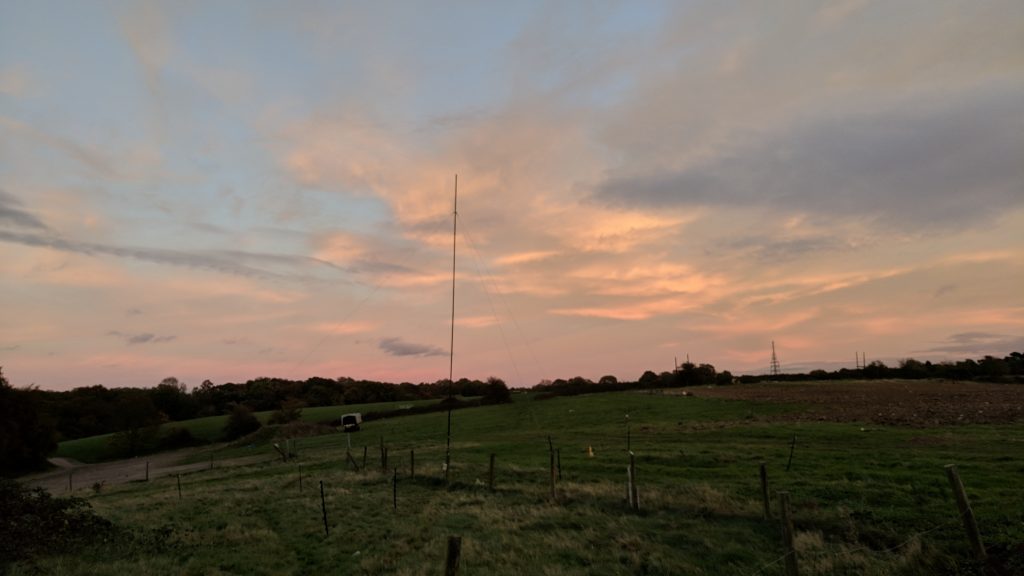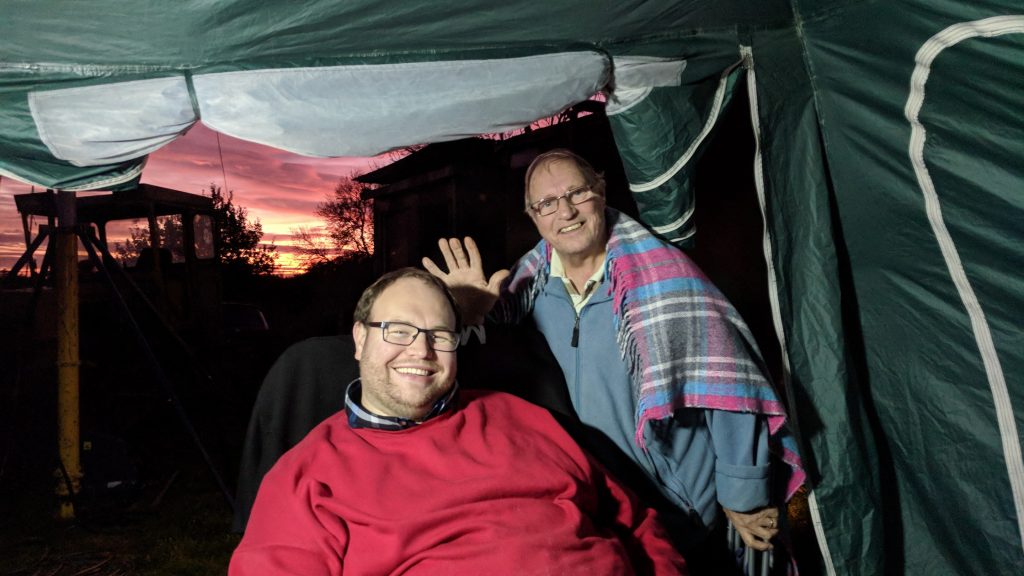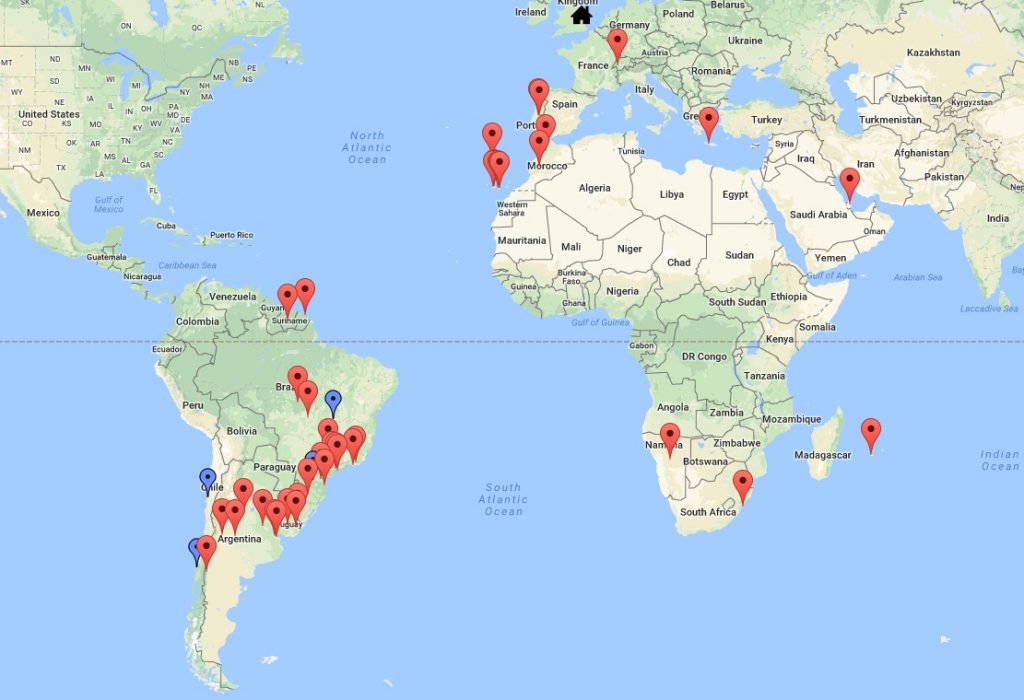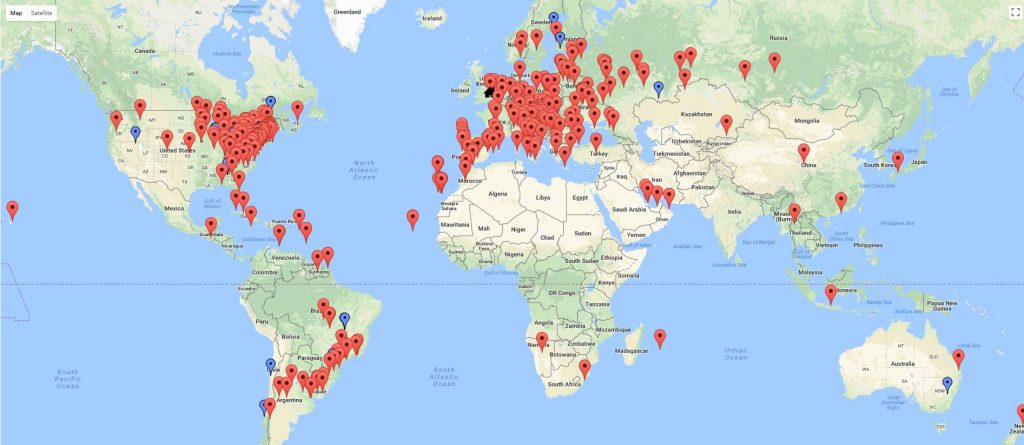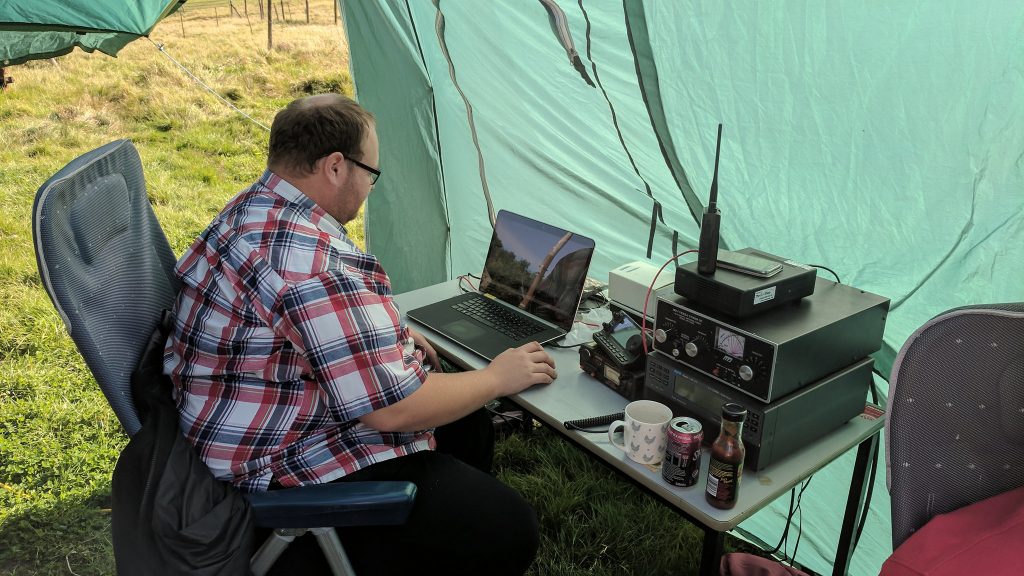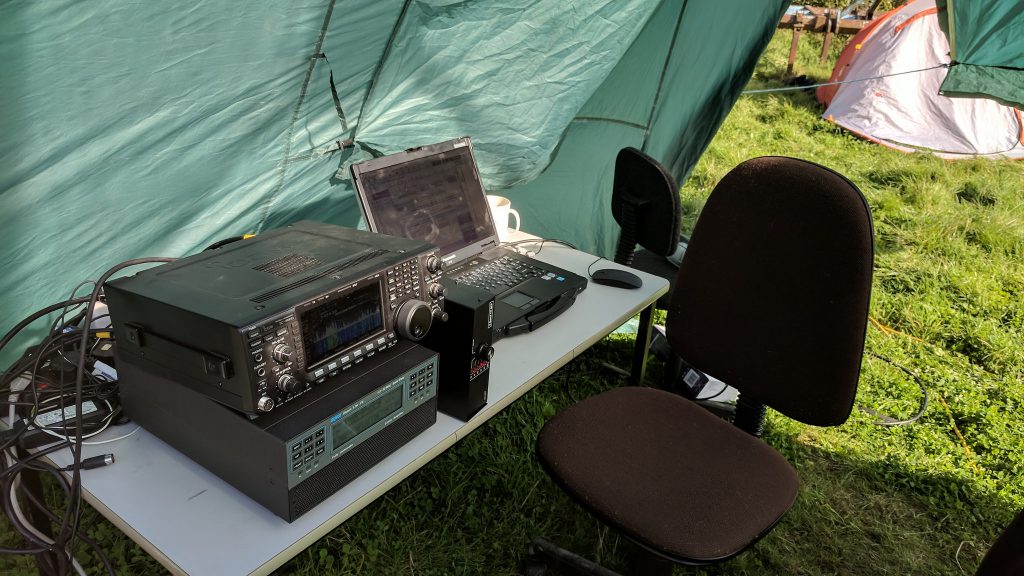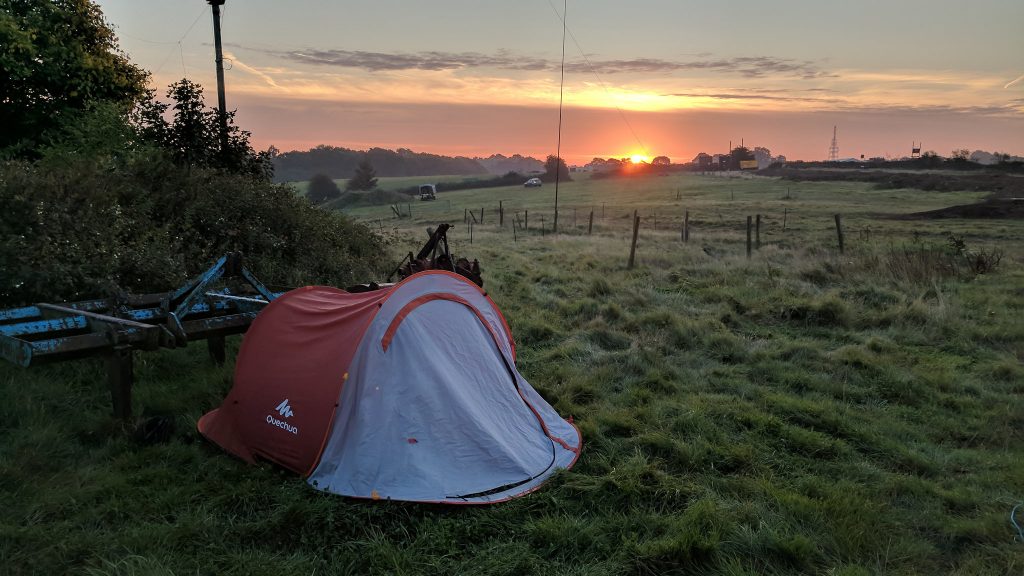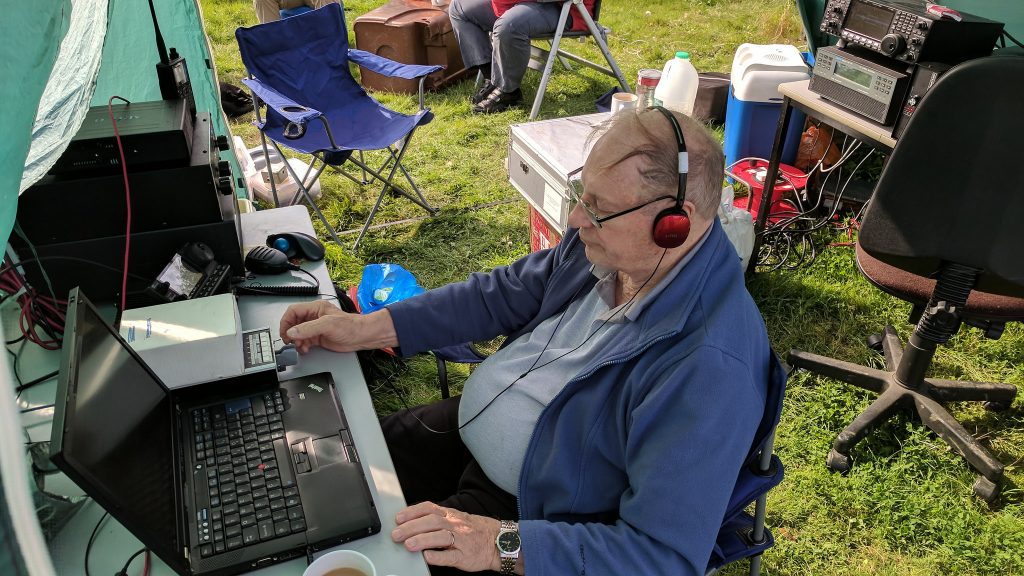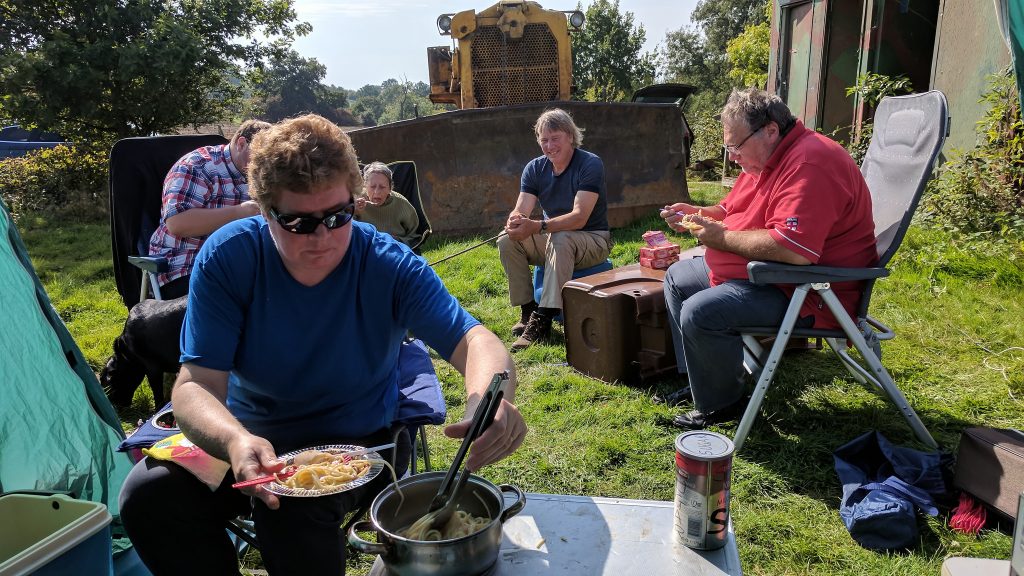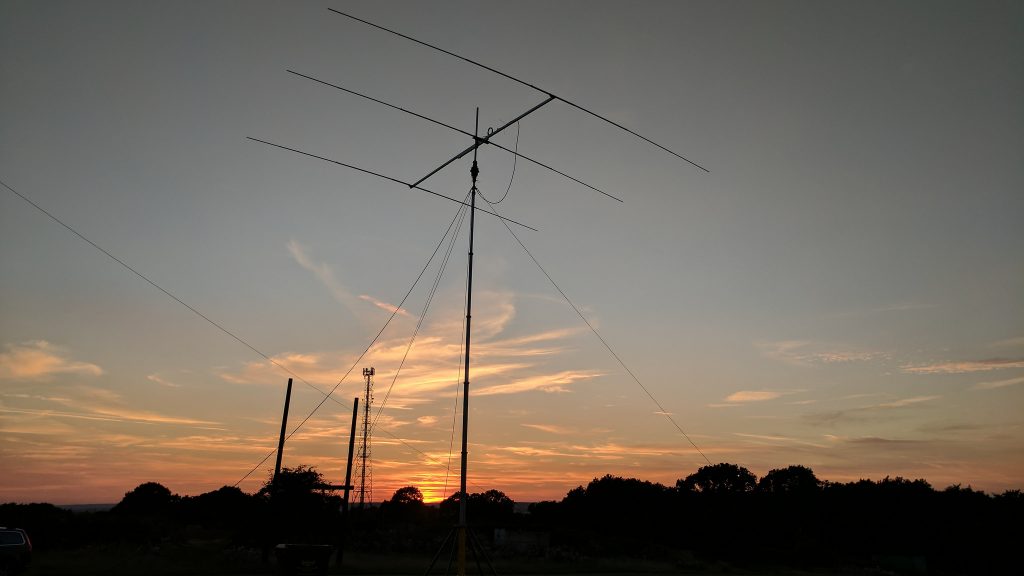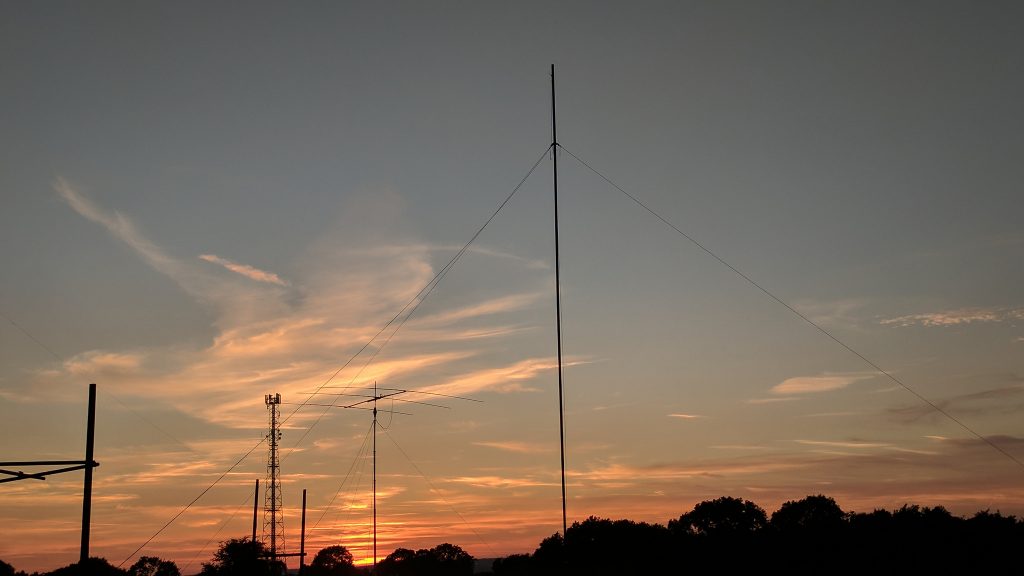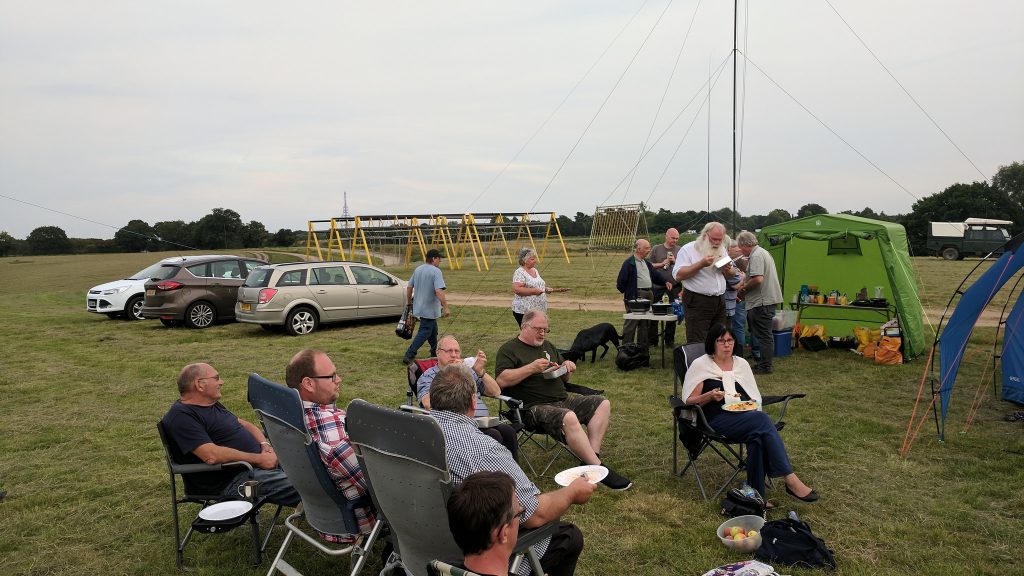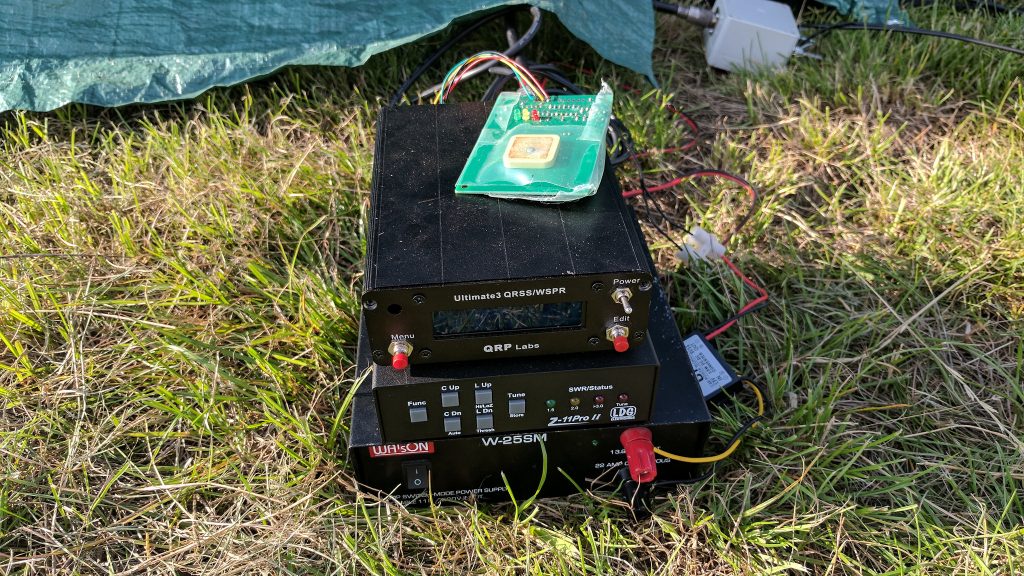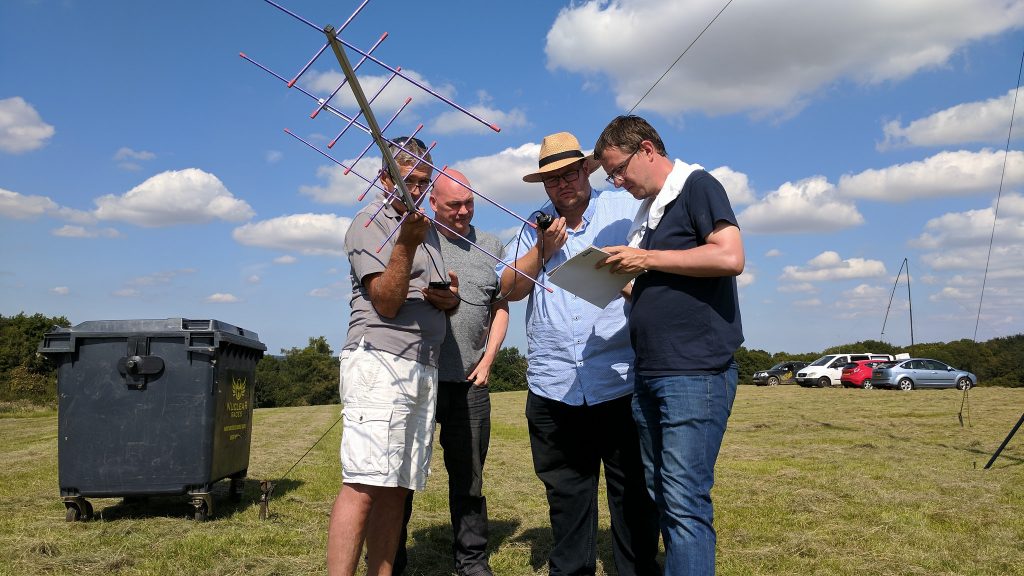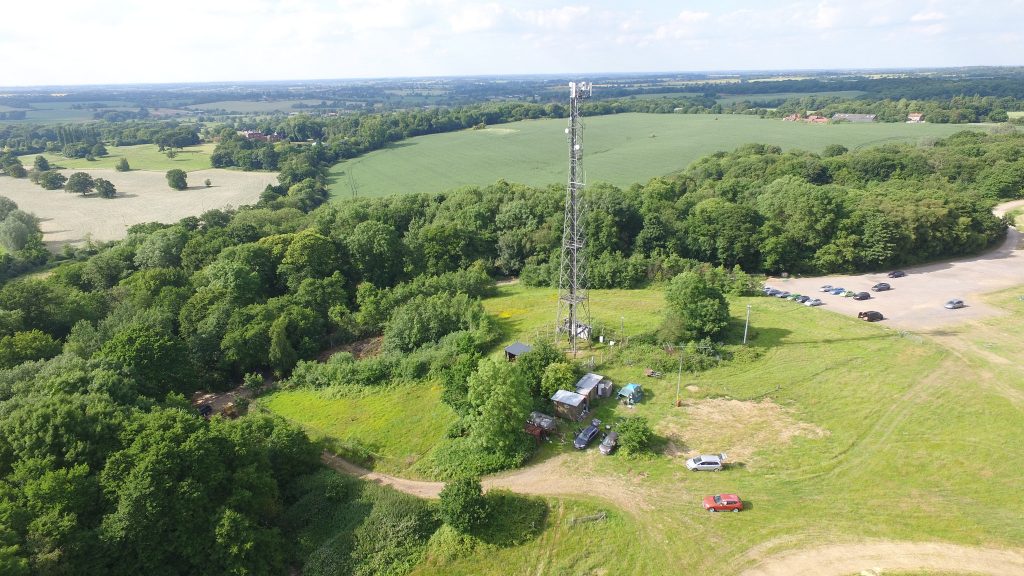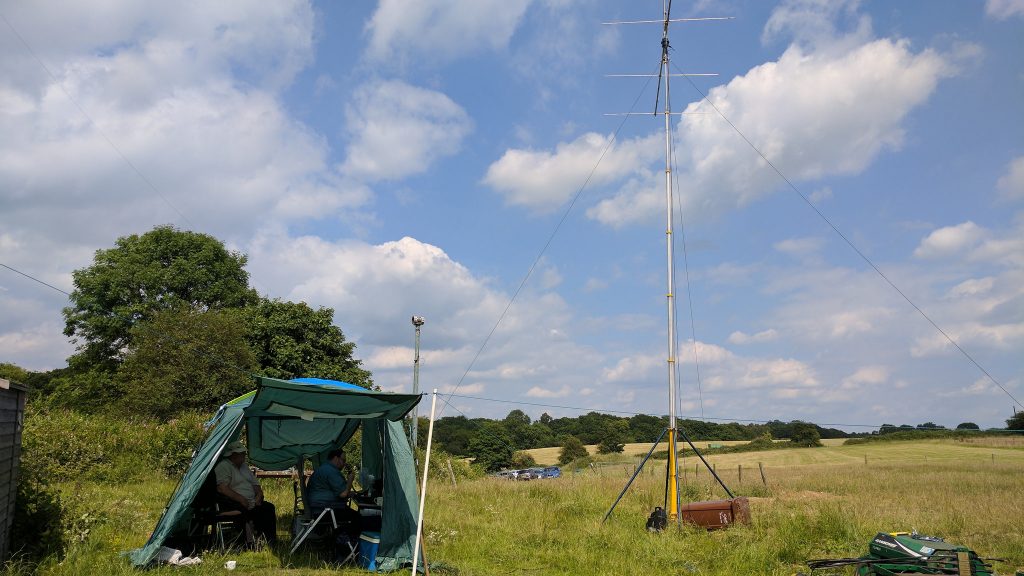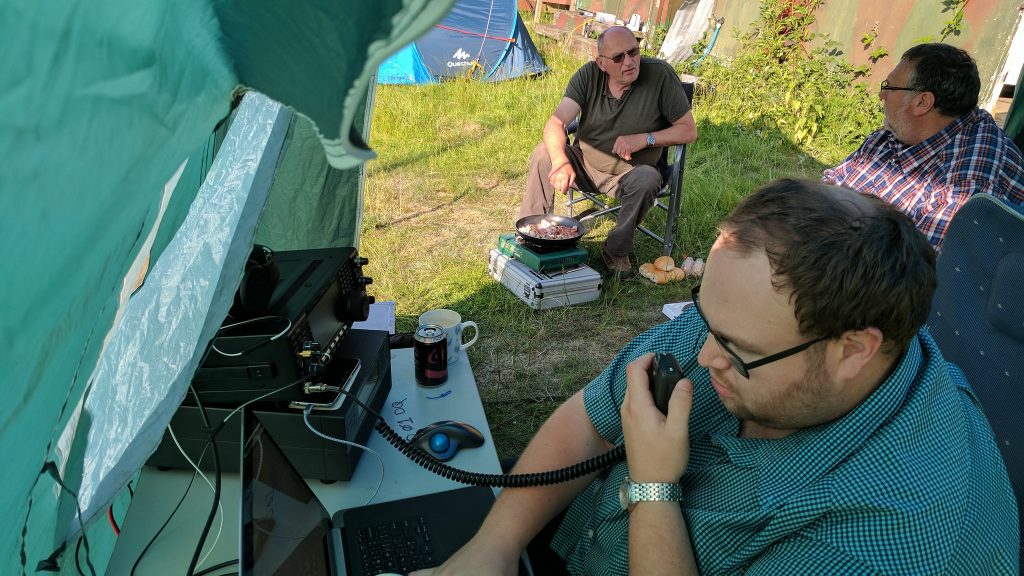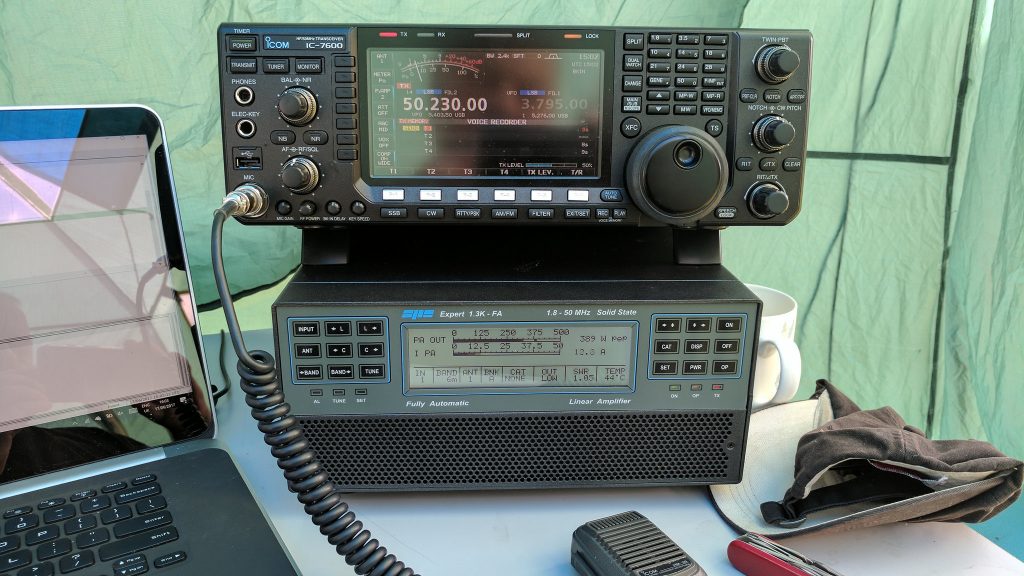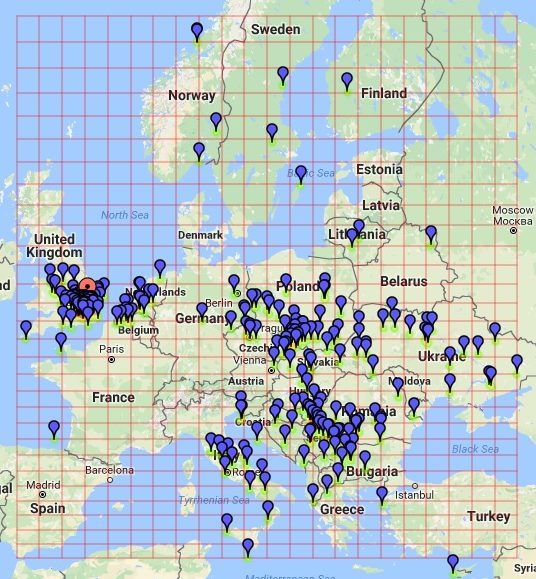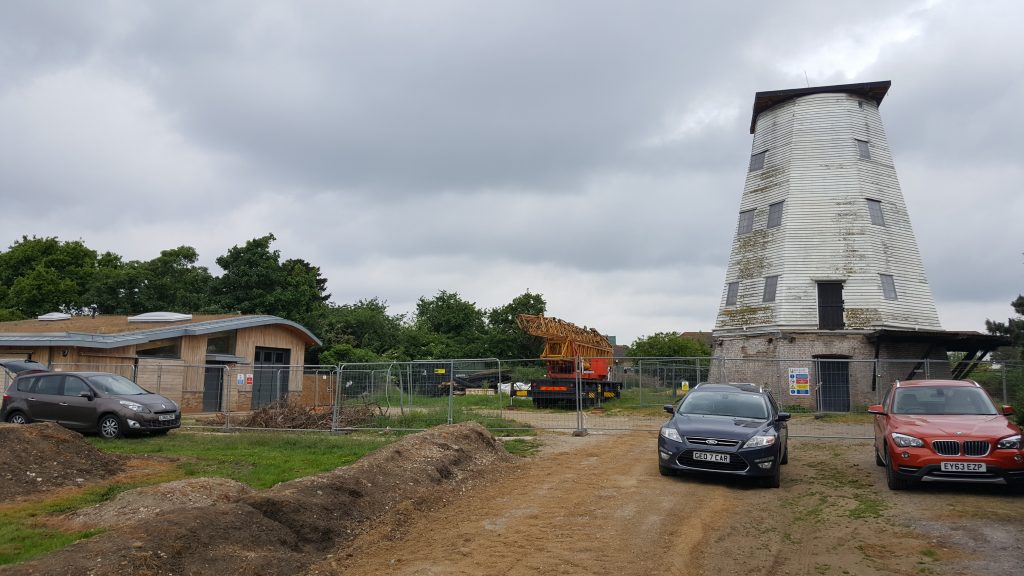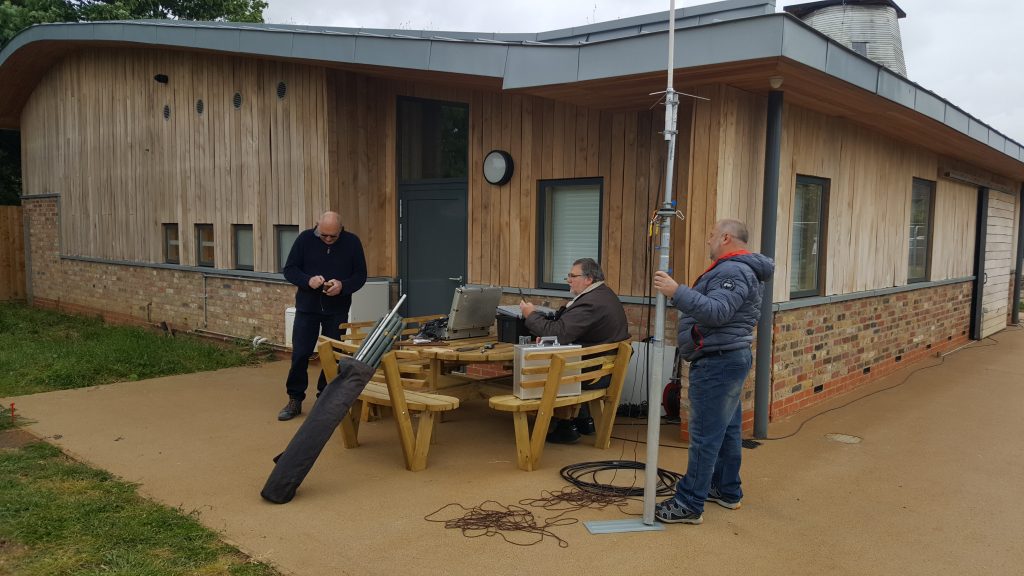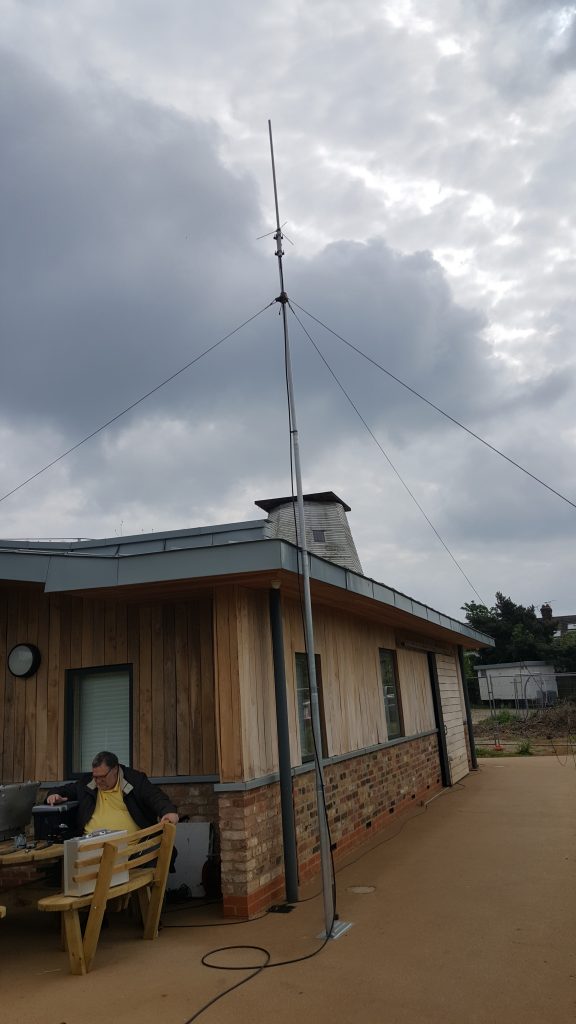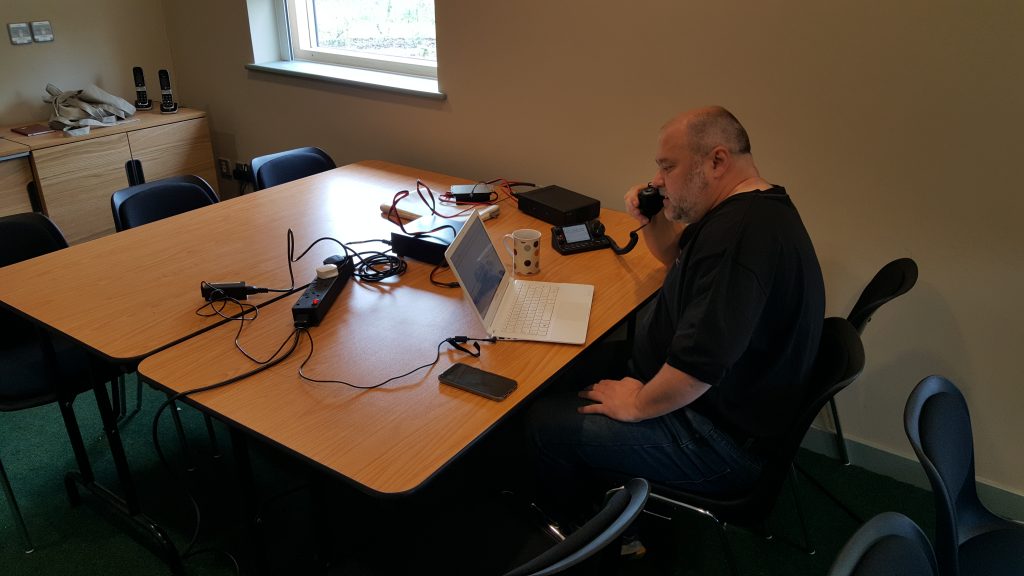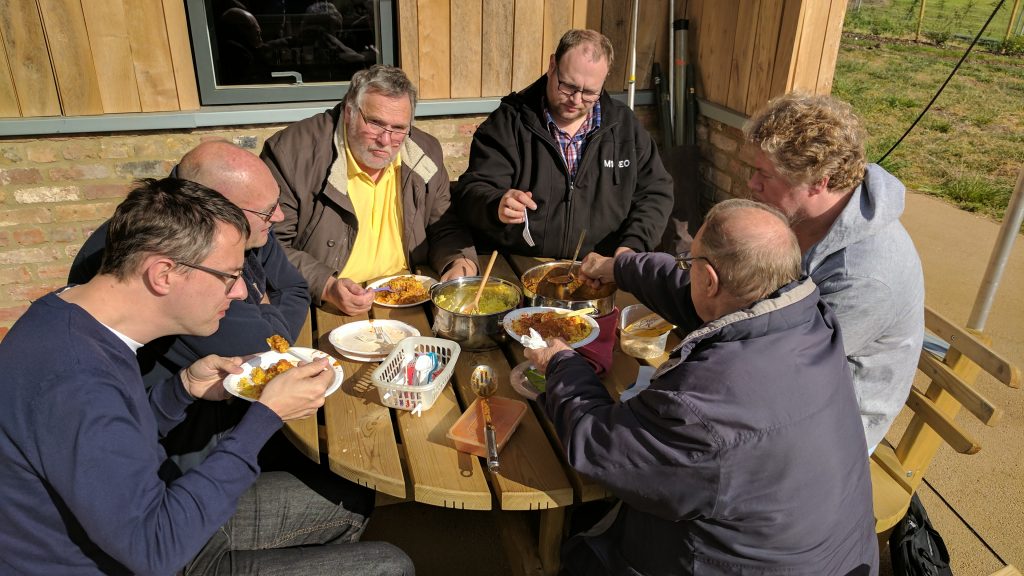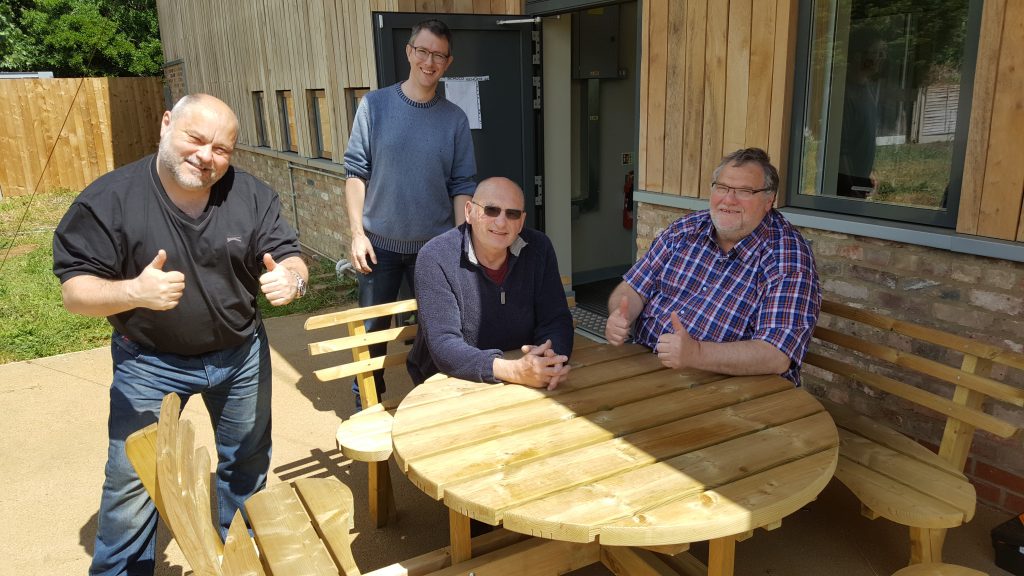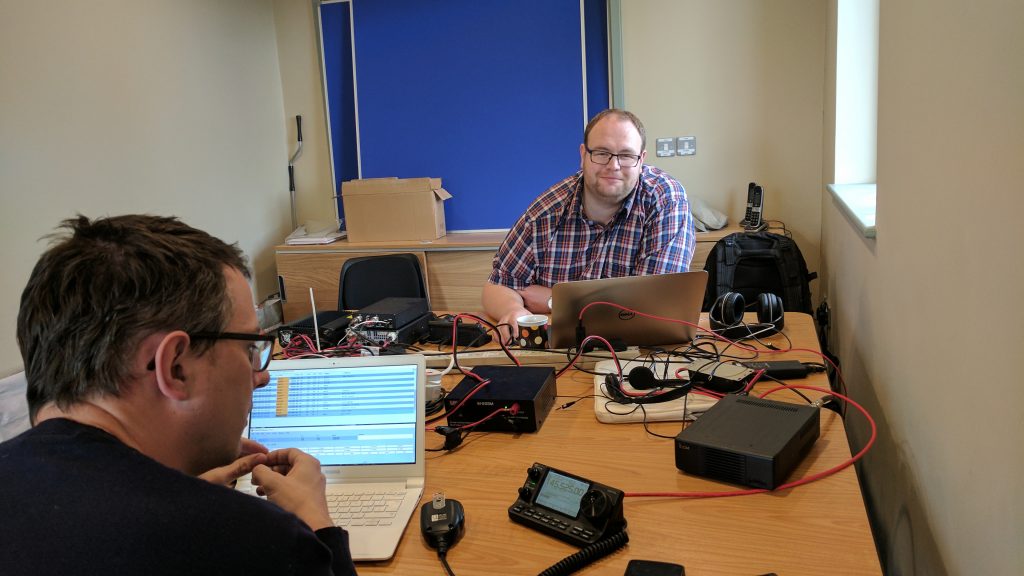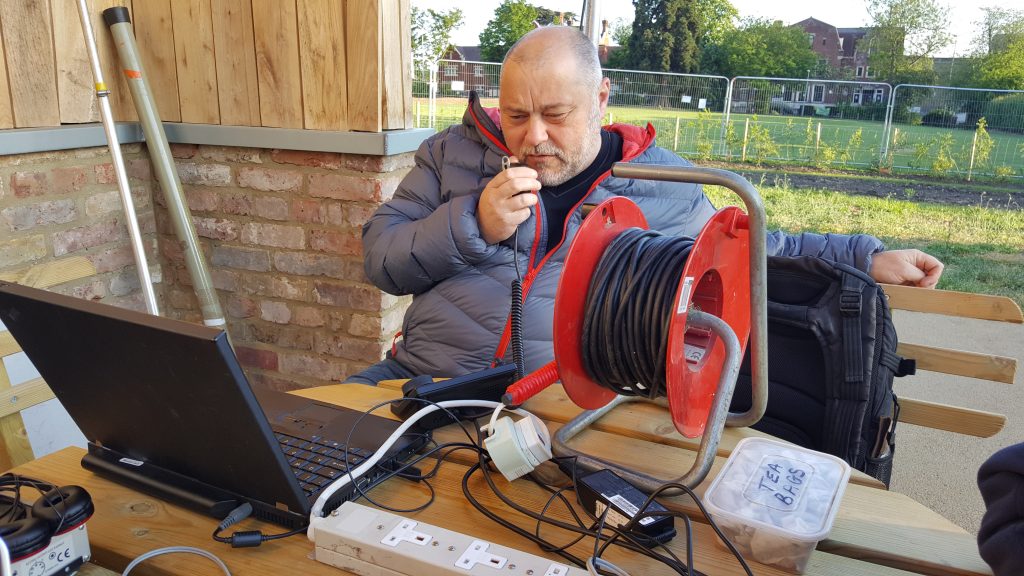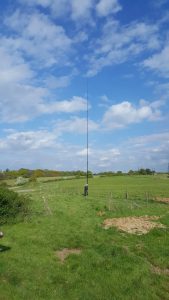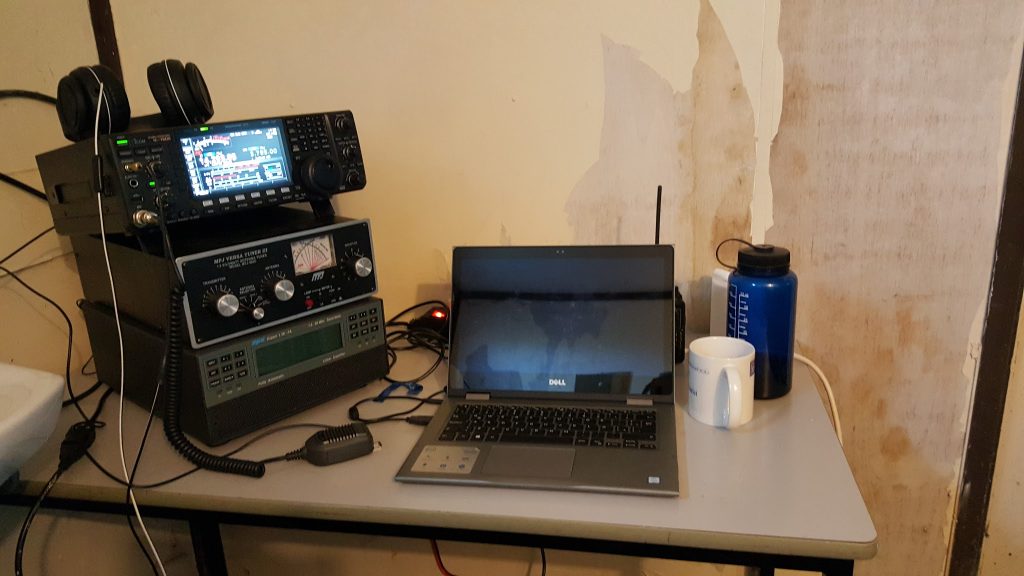August is the last Bank Holiday of the year, and with the weather set to be 30c+, it provided the ideal weekend to play some radio.
Members of LEFARS and SNBCG came together at Kelvedon Hatch Secret Nuclear bunker for a 3 day radio weekend, including BBQ and camping. Some members of the advanced party arrived on Friday evening helping to set up the operating tents.
The 40m vertical was the first antenna to go up, this included 4 elevated radials.
The next antenna was the 3e 18 MHz beam, this was fitted onto the 12m SCAM mast.
The operating tent was completed with the IC7300 and IC7610 and Expert 1.3K solid-state amplifier.
Peter was delighted to use the 7 MHz vertical and linear, commenting on how much fun it was to run a pile-up! The weekend was all about having fun and trying out new things, Dick G4DDP completed a number of QSO on 50 and 70 MHz working SPe all over EU.
Special thanks to John who repaired my headset with a mono jack plug he de-soldered from his own headset. Thanks, John!
Vintage Dave also decide to operate in period costume, adding to the nostalgia of his vintage wireless equipment.
The BBQ provided by some excellent food, thanks to Ron and Karen for setting this up and Dave M0MDB for his Chillie.
Thanks to Piotr for this clip, it gives you some idea how busy 7 MHz can be on a field day.
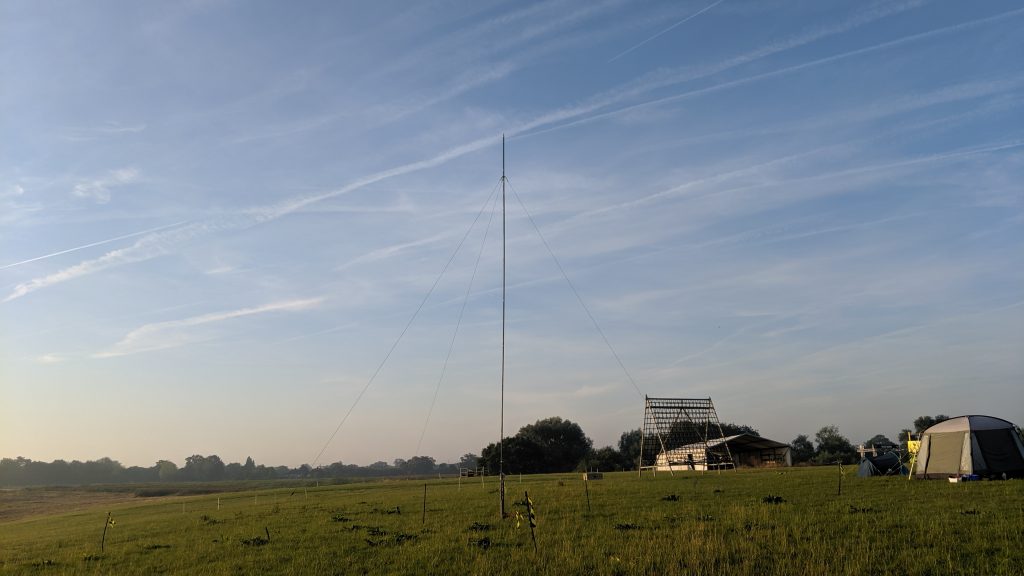
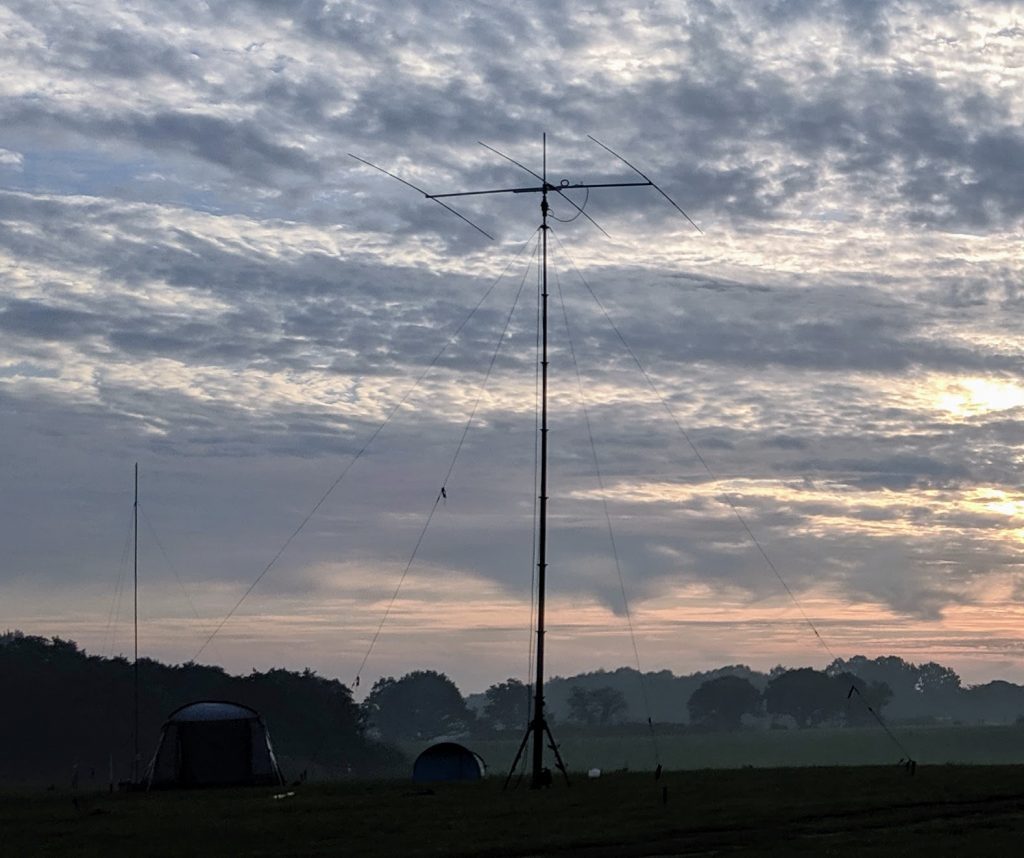
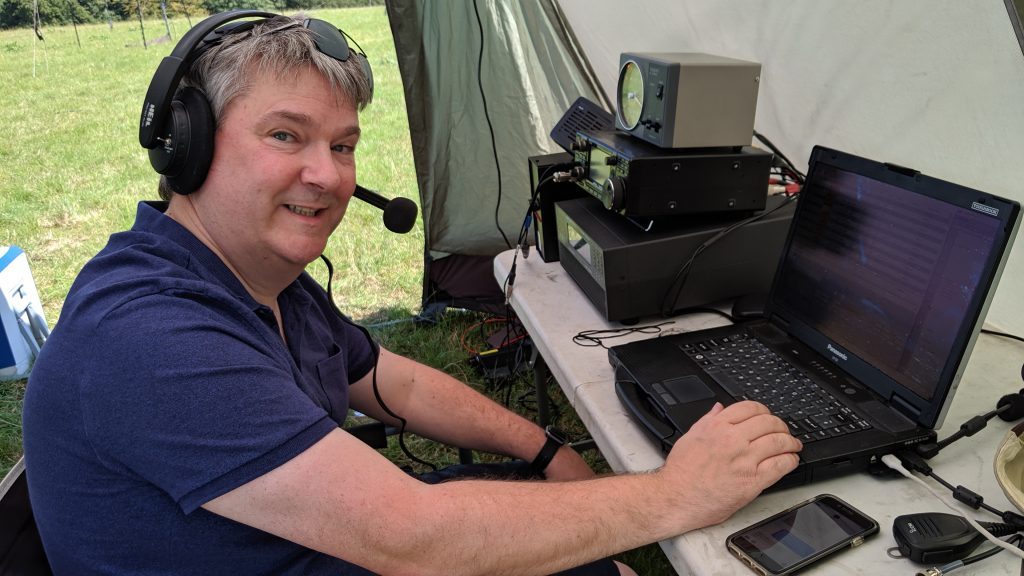
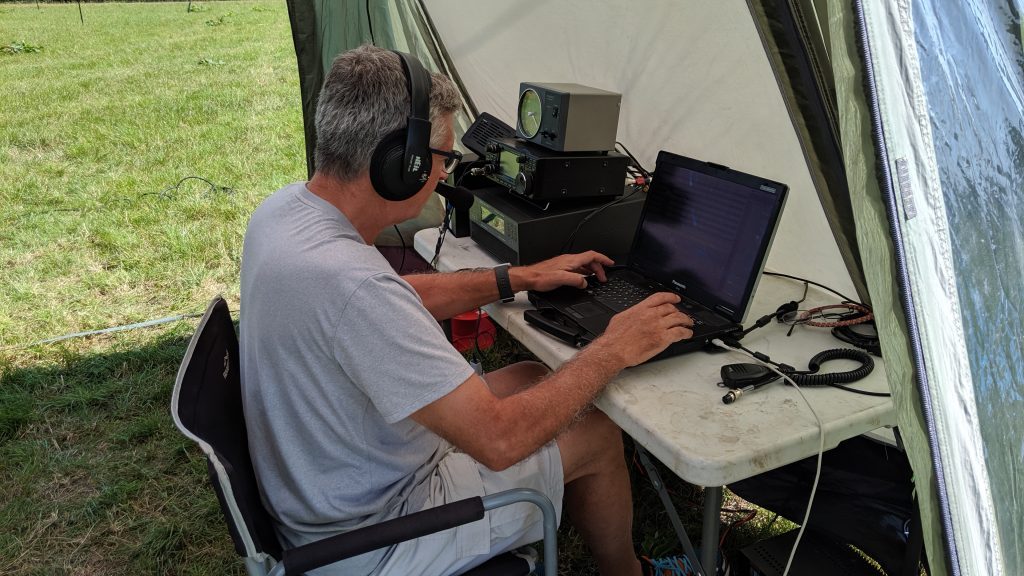
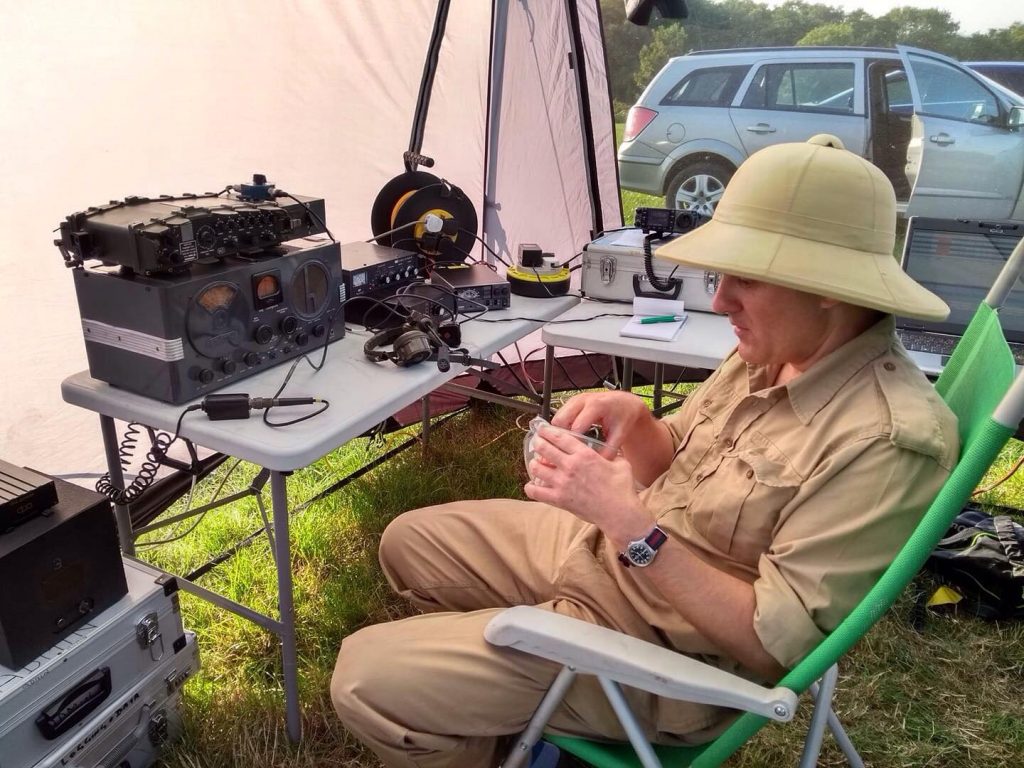
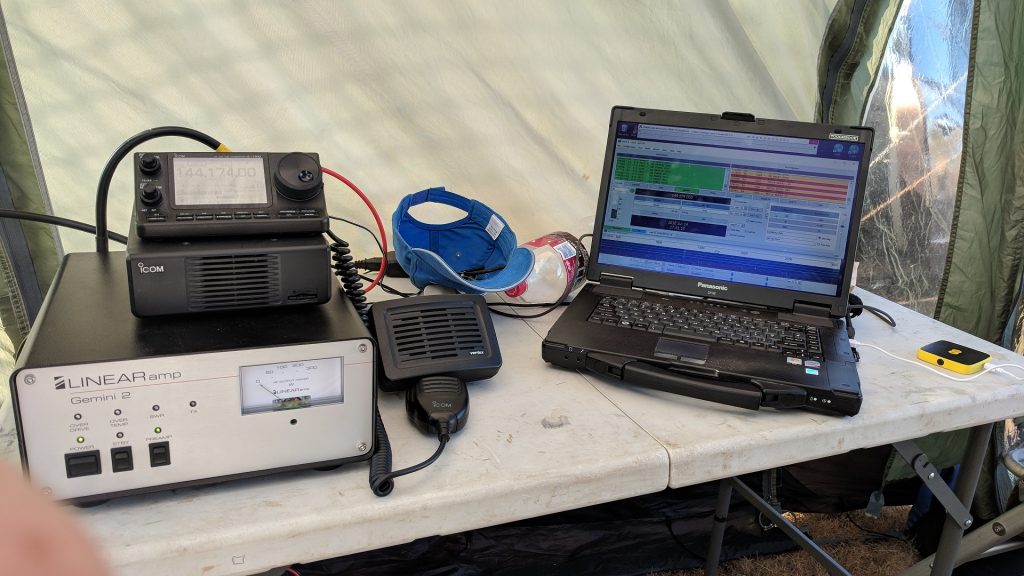
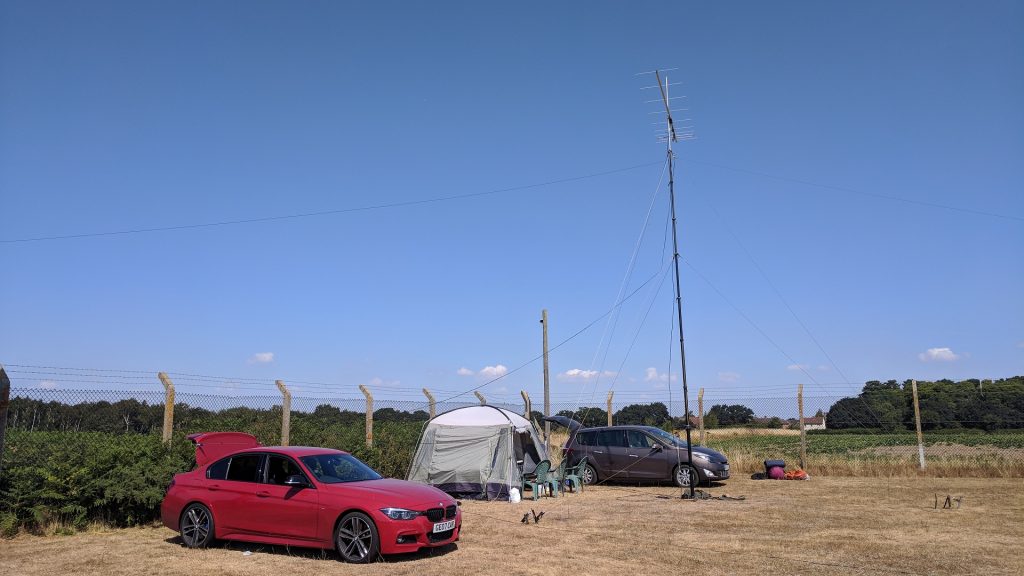
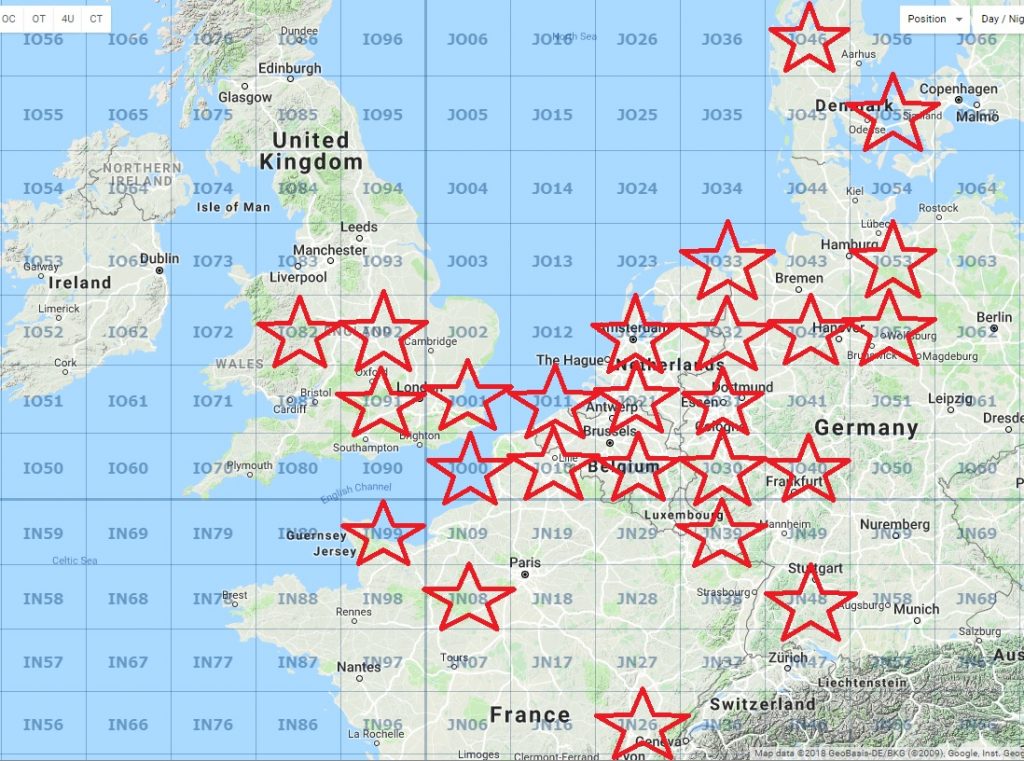
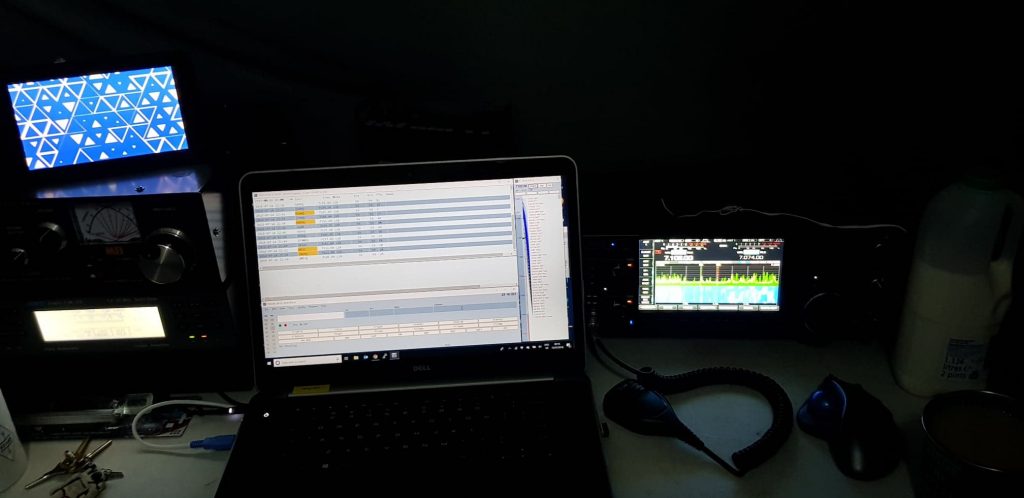
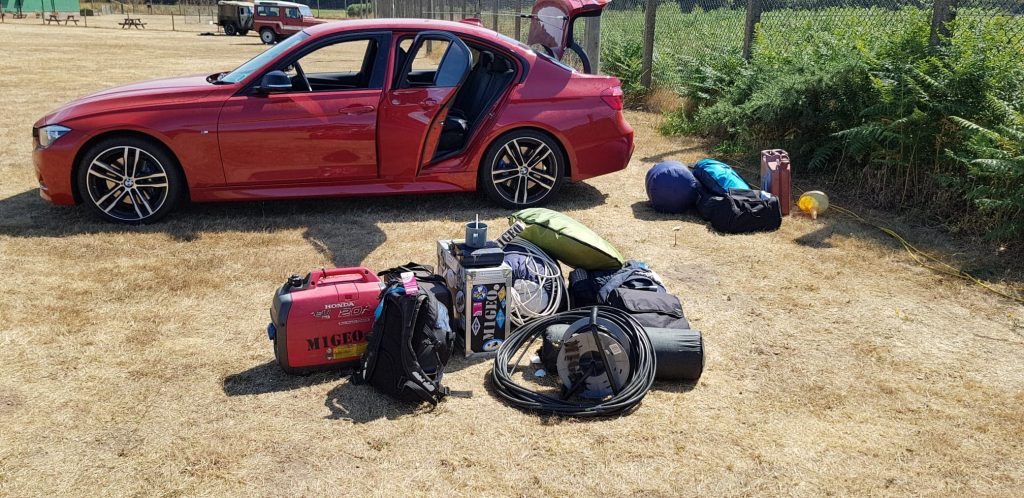
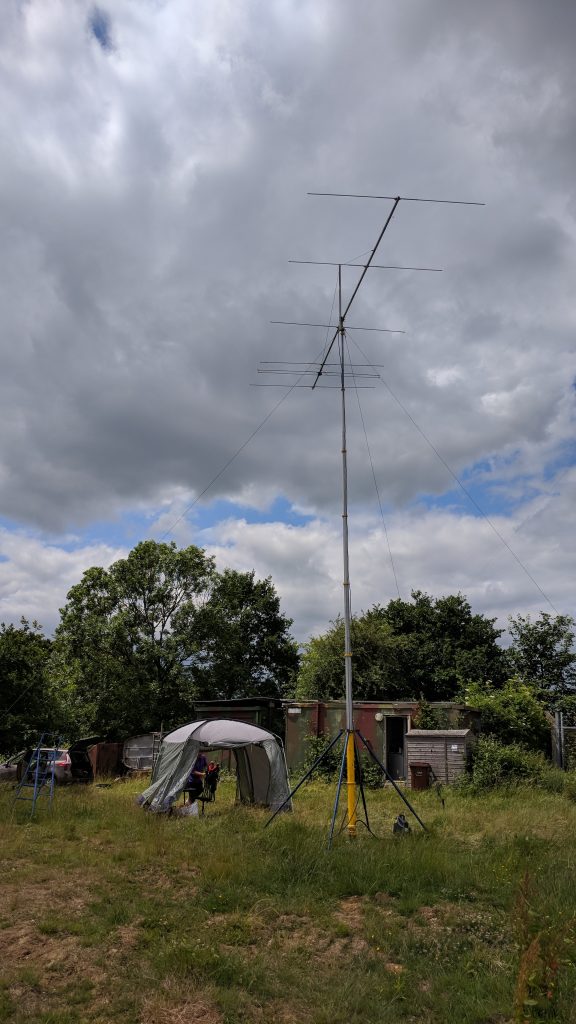
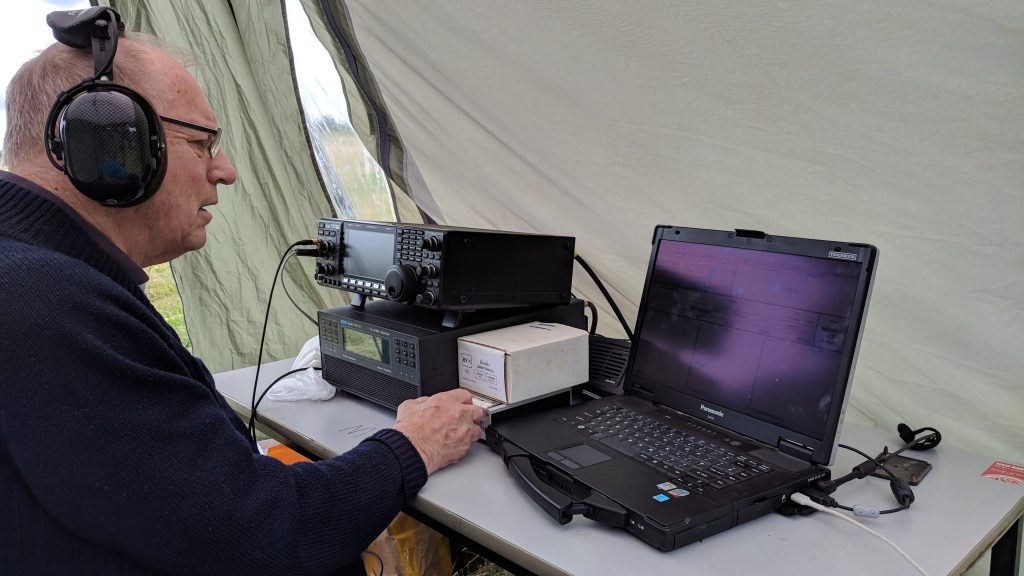
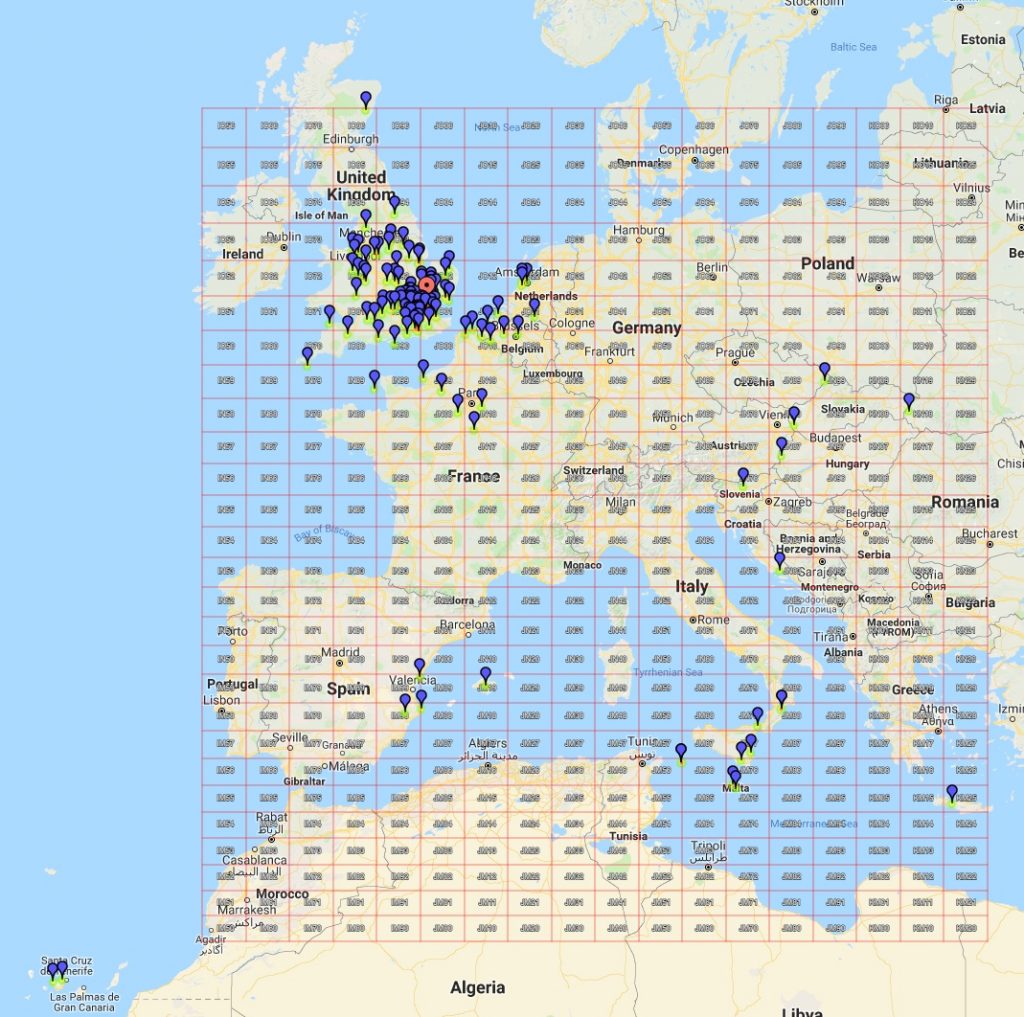
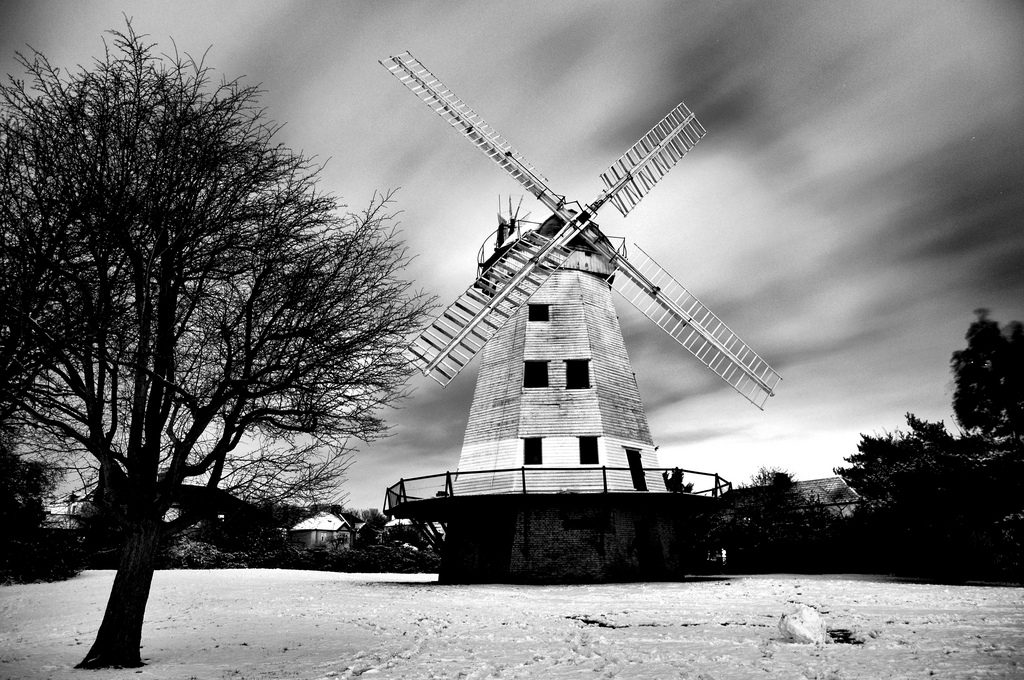
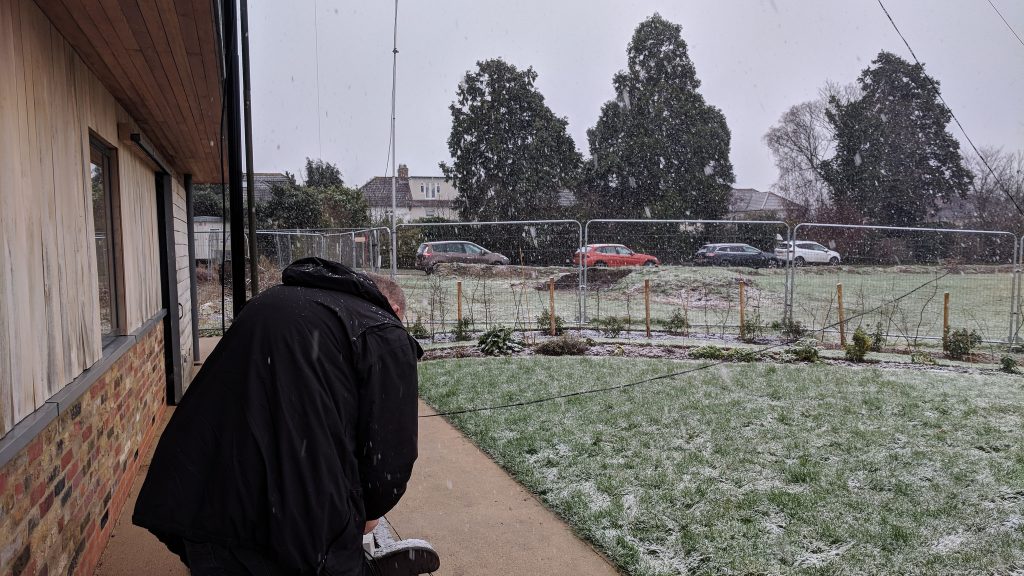
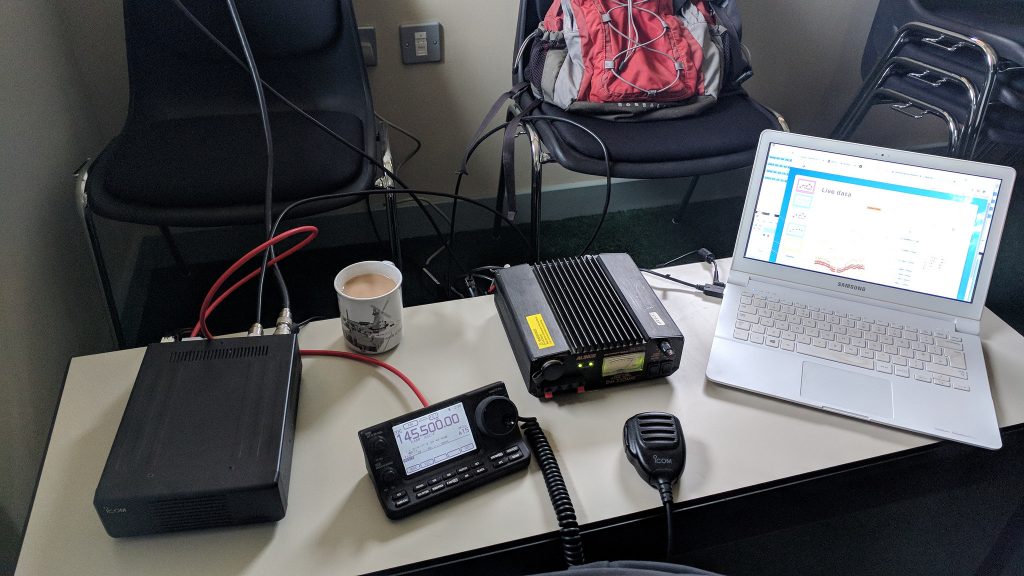
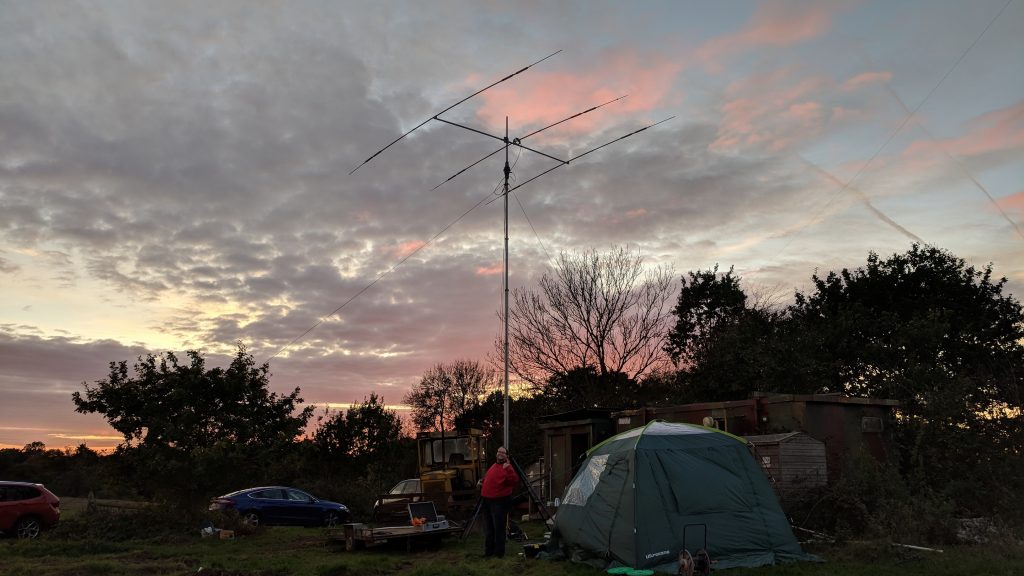 7 MHz Vertical
7 MHz Vertical